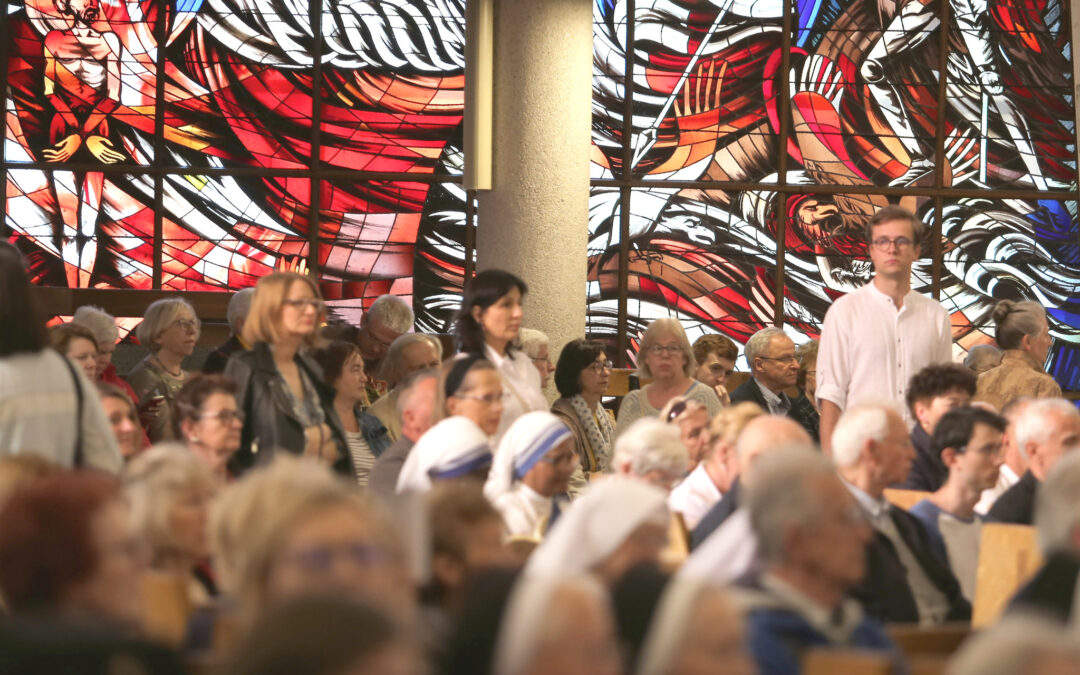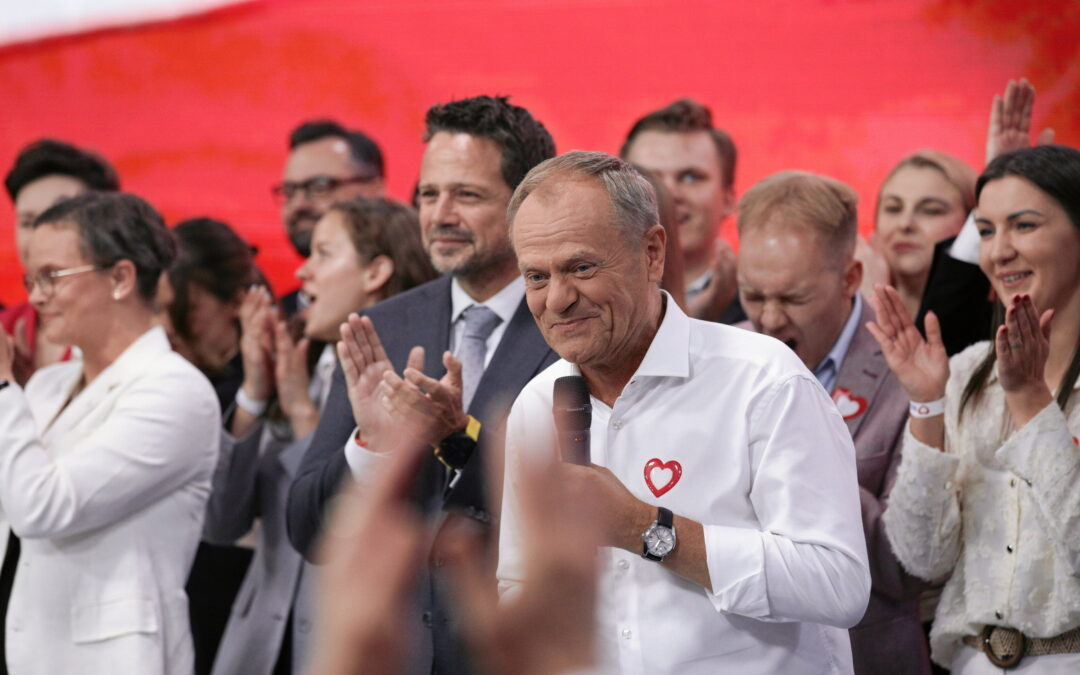The proportion of people in Poland who declare themselves religious non-believers has risen to its highest-ever level of almost 14%, new data from state research agency CBOS show. Meanwhile, the proportion who say they attend mass each Sunday has dropped to an all-time low of 34%.
However, a large majority of people still identify both as believers (almost 87%) and as belonging to Poland’s dominant Roman Catholic faith (almost 89%).
Polacy coraz mniej wierzący. Jest nowy raporthttps://t.co/Vxu5i2GN4V
— PolsatNews.pl (@PolsatNewsPL) May 21, 2024
CBOS notes that, while there has been a long-term decline in religiosity in Poland, between the 1990s and 2019 this was only “very slow change”. That trend has now accelerated since the onset of the pandemic.
The pre-pandemic year of 2019 was the last time over 90% of people declared themselves to believers, with only 8% identifying as non-believers.
Between 1997 and 2009, the proportion declaring attendance at Sunday mass was around 50%, and between 2009 and 2019 it was around 45%. But in 2020, the figure fell to 36-39%, and it has now dropped even further.
The Catholic church’s own figures also show a similar decline. It found that in 2022 attendance at Sunday mass stood at 29.5% among Catholics (not all people in Poland), down from 36.9% in 2019.
CBOS notes in its news report that the fastest decline in religious practice has been taking place among young people and those with a higher level of education.
The proportion of Catholics in Poland who attended Sunday mass stood at 29.5% in 2022, new church figures show.
That was up from 28.3% amid the pandemic in 2021 but well below the pre-Covid figure of 36.9% in 2019 and continues a long-term decline https://t.co/FQfGGMi1Tf
— Notes from Poland 🇵🇱 (@notesfrompoland) December 19, 2023
CBOS’s new data also show that the proportion of people who say they are believers and attend church regularly has fallen from 57-58% before 2005 to 39% in 2024. By contrast, the percentage who say they are believers but do not attend church has increased from 3% to 10% across the same period.
Almost nine out of ten adults in Poland identify as Roman Catholic (88.8%). Just over 7% of respondents say they do not belong to any religion. All other religions or denominations were selected by less than 1% of respondents.
Poland’s most recent national census, conducted in 2021, found that 71% of people in Poland identified as Roman Catholics, down from 88% a decade earlier. The proportion saying that they belonged to no faith almost tripled over that period, from 2.4% to 6.9%.
The proportion of people in Poland identifying as Roman Catholics has fallen to 71% in the latest national census, down from 88% a decade earlier https://t.co/Li5vSX5IIO
— Notes from Poland 🇵🇱 (@notesfrompoland) September 29, 2023
Declining religious practice and attachment in Poland has come amid a series of revelations of child sex abuse by Catholic clergy and failings by the church hierarchy to deal with such cases.
However, CBOS notes, based on research from 2022, that the primary reason people give for leaving the church is indifference and loss of interest. The second most common factor was anger at the church’s interference in politics and outdated views.
The church has in particular faced criticism for supporting the introduction of an unpopular near-total ban on abortion. It is also seen as closely tied to the national-conservative Law and Justice (PiS) that ruled Poland from 2015 until the end of last year.
“In the absence of significant changes in the activities of the Catholic church in Poland, it can be assumed that this diagnosis remains valid and explains the progressive decline in the religious involvement of Poles,” writes CBOS in its latest report, quoted by the Catholic Information Agency (KAI).
A growing number of Poles are turning away from the Catholic church, but not from religious belief itself.
This creates challenges for the church, but also for Polish identity, which has historically been linked to Catholicism, writes Katarzyna Skiba https://t.co/udWGzd0X7F
— Notes from Poland 🇵🇱 (@notesfrompoland) April 18, 2023

Notes from Poland is run by a small editorial team and published by an independent, non-profit foundation that is funded through donations from our readers. We cannot do what we do without your support.
Main image credit: BP KEP (under CC BY-NC-SA 2.0)

Alicja Ptak is senior editor at Notes from Poland and a multimedia journalist. She previously worked for Reuters.



















